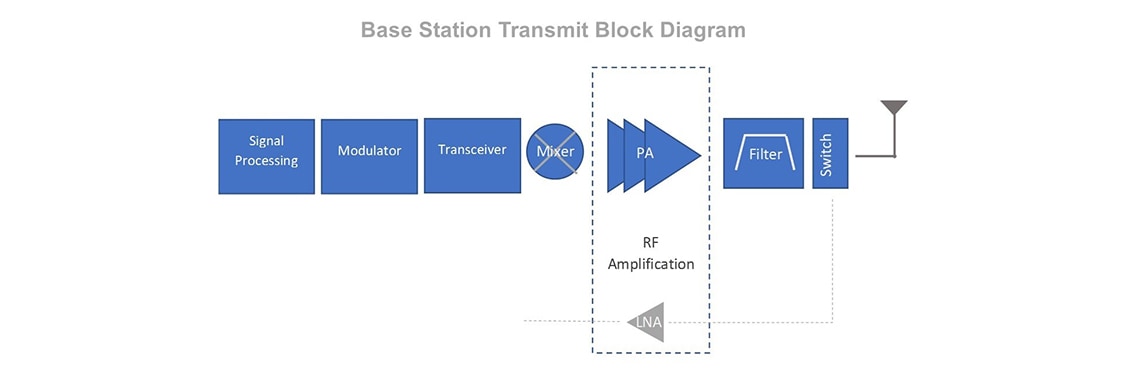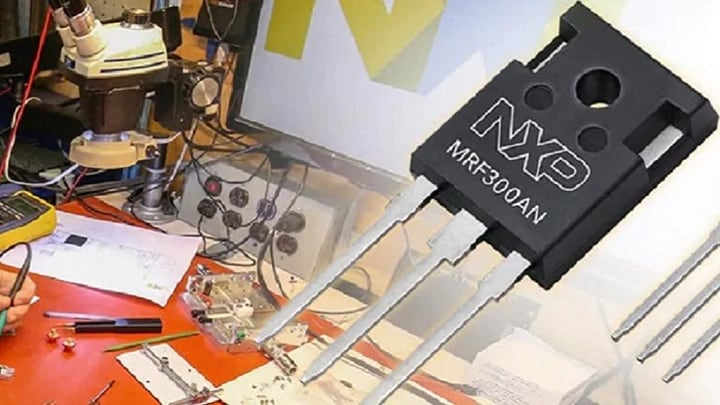Today, 5G is a catchall for the next generation(s) of cellular networks.
What makes 5G unique is its ability to expand cellular communications beyond
just handsets and make connectivity an integrated part of our everyday life.
Unlike the previous generations it has two aspects. The first deals with the
evolution of mobile broadband, which just over 25
years ago started out with voice applications, transforming to voice and text,
followed by the addition of emails and then multimedia. Today’s
handsets are full-blown mobile computing platforms. 5G will bring
gigabit speeds to handsets.
Now let’s talk about the revolutionary aspects of 5G…
Once network speeds reach gigabit downloads, cellular will be in direct
competition with cable and DSL as it will be able to enter markets dominated
today by the traditional Internet service providers
(ISPs)—that’s reasonably straightforward. Many wireless
operators are already in trials for Fixed Wireless Access services.
Beyond that, 5G will also have provisions for ultra-reliable and low-latency
connectivity that will enable real-time applications such as
vehicle-to-vehicle (V2V), vehicle-to-everything (V2X), industrial automation,
remote robotic surgeries and others commonly classified as critical
machine-type communications (cMTC).
On top of that, the standard will also enable low-energy, low-bit-rate,
seamless connectivity for billions of new IoT devices that will also need to
be supported on the network, too. These can range from monitoring pumps on a
remote oil rig to a pacemaker installed in a patient’s heart.
Again, this is why some call 5G a catchall since it enables so many more
applications beyond the consumer handsets that make up the bulk of cellular
communications today. The standards will be released in multiple phases. The
first one, due to arrive by the end of 2018, is expected to address enhanced
mobile broadband (eMBB). That will be followed by releases for MTC.
Which technology will dominate 5G: massive MIMO, sub-6-GHz or
mmWave?
The answer is all of the above, and then some! The main enablers for gigabit
connectivity are: carrier aggregation (for speed); higher-order modulation
(better compression, for speed and capacity); spectrum expansion–add
shared/unlicensed spectrum to the available 40-plus licensed bands (for
capacity); and massive MIMO, also known as full-dimension MIMO (for both
capacity and coverage). So, in short, all of the above will be used for eMBB.
To start with, sub-6gigahertz spectrum will be used with the anchor carrier in
the licensed bands and additional carriers in the licensed/shared/unlicensed
spaces. This will remain a better choice for wide-area and in-building
coverage. Beamforming done with the knowledge of horizontal and vertical
coordinates of the intended user, rather than with traditional, semi-isotropic
radiating antennas, will improve spectrum efficiency and, thereby, capacity
and coverage. Future releases will add capacity by including mmWave spectrum
where there’s still a lot of unused bandwidth available.
When will 5G be available?
Rel15 will be the first true 5G NR standard—it’s expected to be
released by the end of 2018. Up until then, LTE Advanced Pro and subsequent
Rel14 releases will pave the way to pre-5G, gigabit LTE. Pre-commercial trials
are to continue through 2018, with commercial 5G deployments starting in 2019.
By the end of 2018, we also expect to start seeing increased trial activity in
mmWave bands. Subsequent releases will keep adding more functionality.
How will 5G impact semiconductor revenues?
As reported by
IHS in March 2017
[5], chip sales in 2016 were $352 billion. Nearly one-third of the global
semiconductor output was consumed by a singular application: the cellular
handset. With its goal to integrate connectivity into all aspects of our
lives, it’s safe to say that whatever figures the pundits come up with
for 5G, the results will be beyond our wildest imaginations.
Just remember the prevailing mindset regarding the Internet in the early
1990s. No one disputed that it was going to be big, but 25 years ago, who
would have imagined the impact it was going to have on technology, business,
global economy and everyday life?
How does NXP plan to participate in 5G markets? In particular, what RF
products do we plan on offering for base stations?
Any communication system comprises two parts—one for connectivity, the
other for computing and the glue that brings it all together. With access to a
large, advanced collection of RF technologies, including Si LDMOS, GaN, GaAs,
SiGe and RFCMOS, amongst others and products for applications from Megahertz
to mmWaves we will have all 5G RF amplification needs covered.
Beyond that our market leadership products for embedded communications,
sensors and automotive applications puts us in a position to become a
one-stop solution provider for 5G.
This post was originally published on Electronic Design.



